The United States Office of Public Management (OPM) has revealed a major shift in its workforce structure by introducing artificial intelligence (AI) to increase job efficiency across various departments.
The announcement, made by the agency’s new director, Scott Kupor, has sparked attention due to its unexpected approach to reshaping government operations.
Kupor, who was appointed recently, told reporters on Monday, July 21, that his leadership will follow a “Silicon Valley” mindset one focused on productivity and innovation.
“I view AI as probably the most significant disinflationary technology that I think we have seen yet today,” Kupor said during a meeting with the press.
According to him, while AI won’t entirely replace workers, it will enhance how work gets done.
“However you deploy it, it’s not gonna replace everybody’s jobs,” he noted.
“But I think AI can massively increase the efficiency of a lot of jobs, and certainly, as we know, it’ll probably create new job opportunities as well.”
Despite these reassurances, OPM has confirmed it is on track to reduce its workforce significantly.
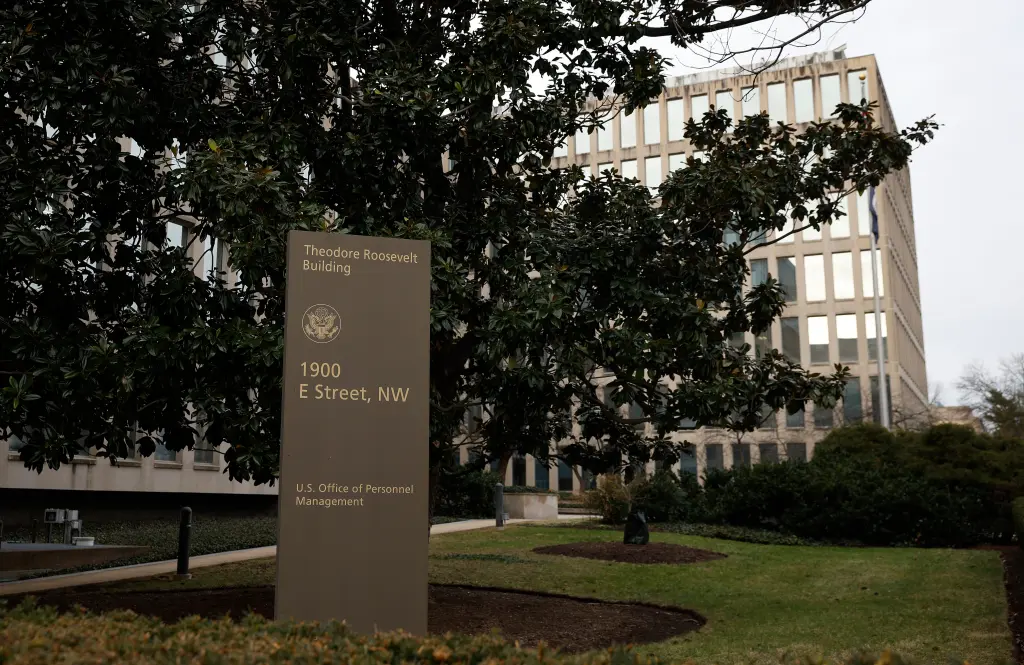
By December 31, the agency expects to downsize from 3,110 employees to about 2,000.
The number of contractors will also be cut in half from 1,200 to 600.
These changes are largely expected to occur through voluntary departures and not direct layoffs.
Tasks like responding to public inquiries and reviewing thousands of public comments are some of the areas where AI will be used.
“It’s hard to imagine that in a few years we won’t be able to significantly increase the efficiency of the comment reading process,” Kupor said.
He added that AI will help improve “summarization, information gathering, and information dissemination.”
Kupor also highlighted the need for government employees to be prepared for this shift.
“I think it’s a good bet that the types of jobs that we will need five or 10 years from now will be different,” he said.
“The types of skills we will need will be different.”
This decision aligns with President Donald Trump’s goal of making the U.S. the global leader in AI innovation.
Therefore, the integration of AI is not just a move to reduce headcount but a long-term plan to modernize how the U.S. government functions.
As the public reacts to the announcement, it’s clear that this move marks a turning point in how federal agencies may operate in the future.
While it’s still early, the U.S. government is making a clear statement: technology will play a major role in shaping the next generation of public service.
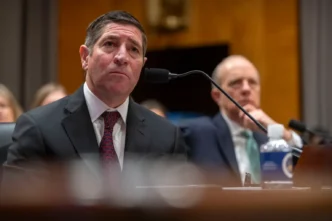
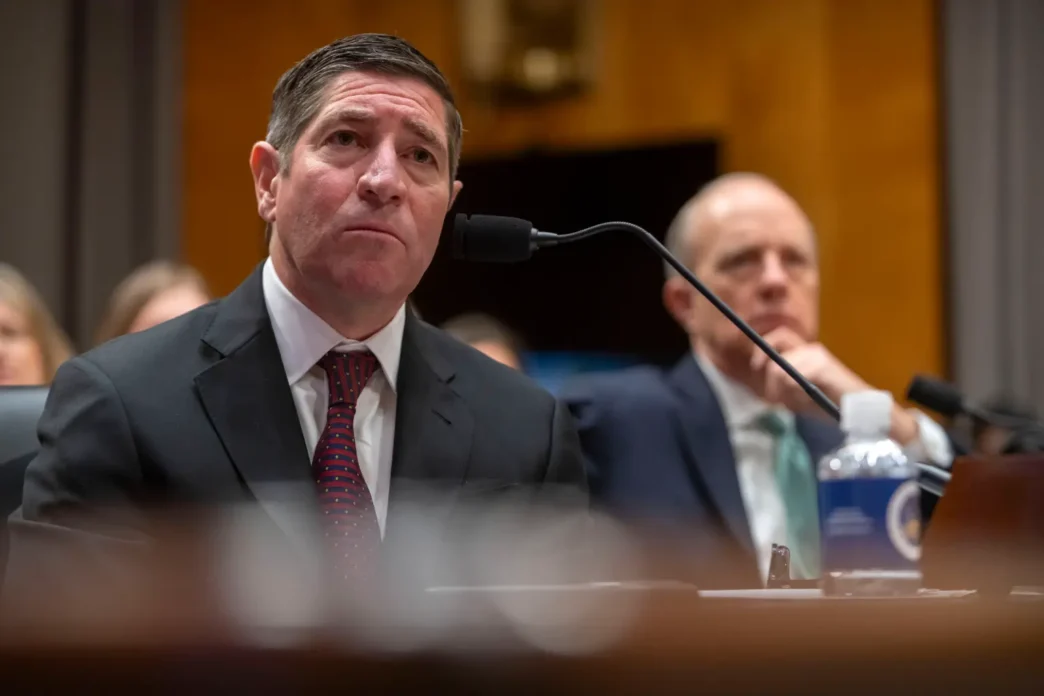



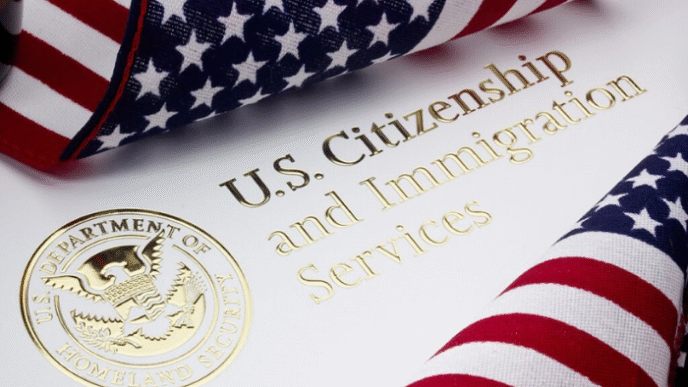
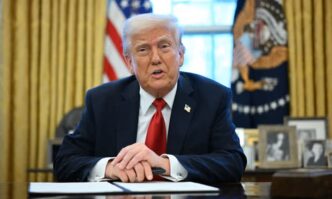
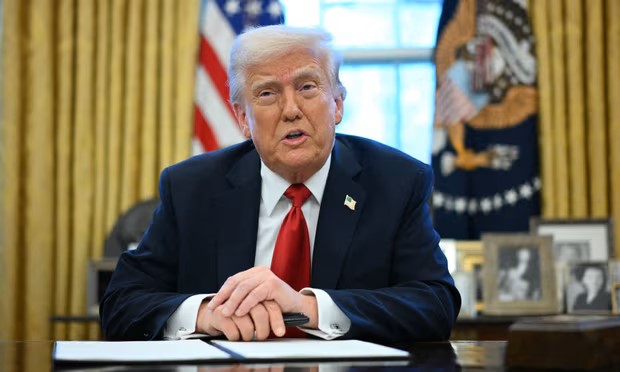




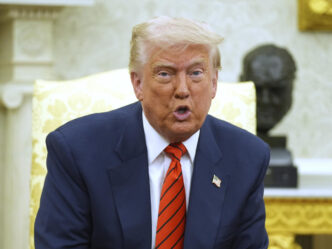
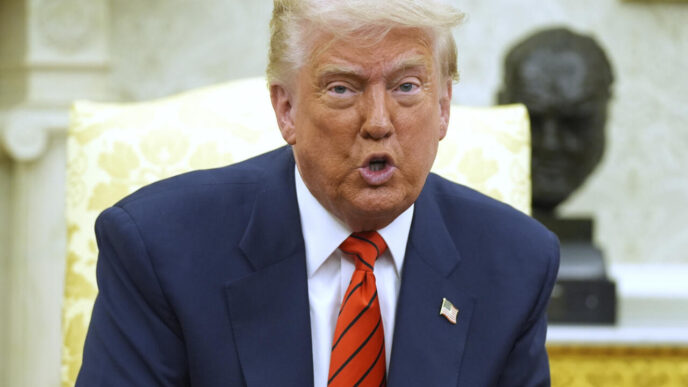
Less people to pay. More money into the treasury. AI has crazily taken and it scares me due its negative usage already rampant